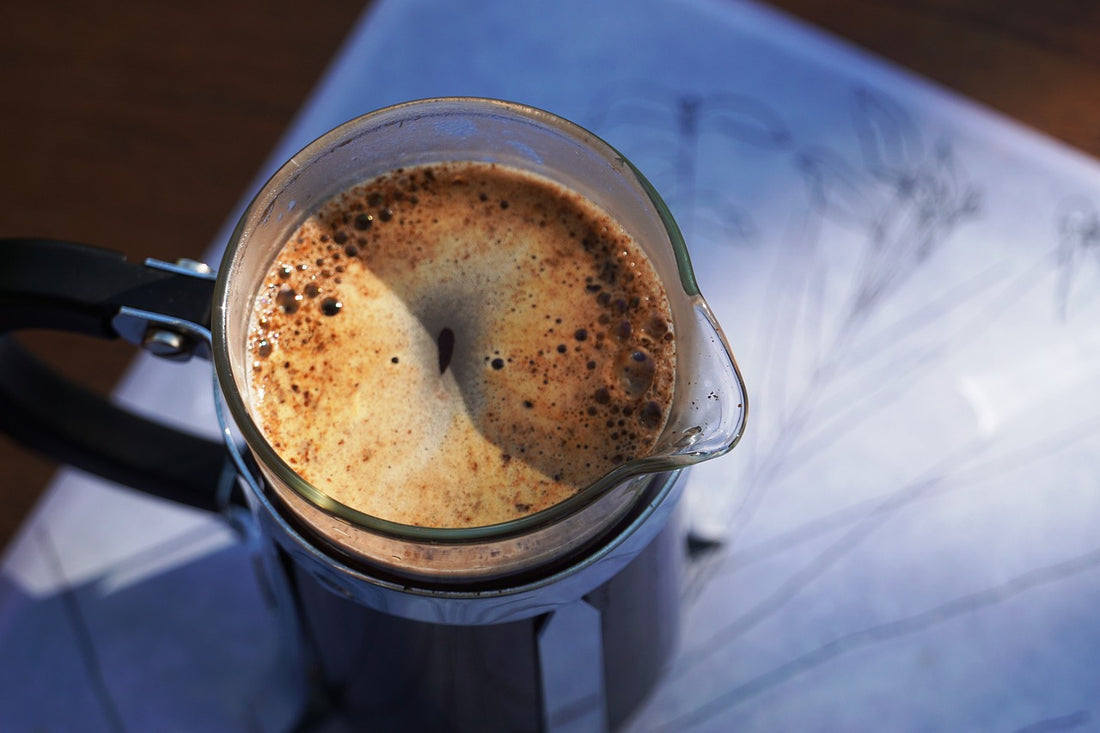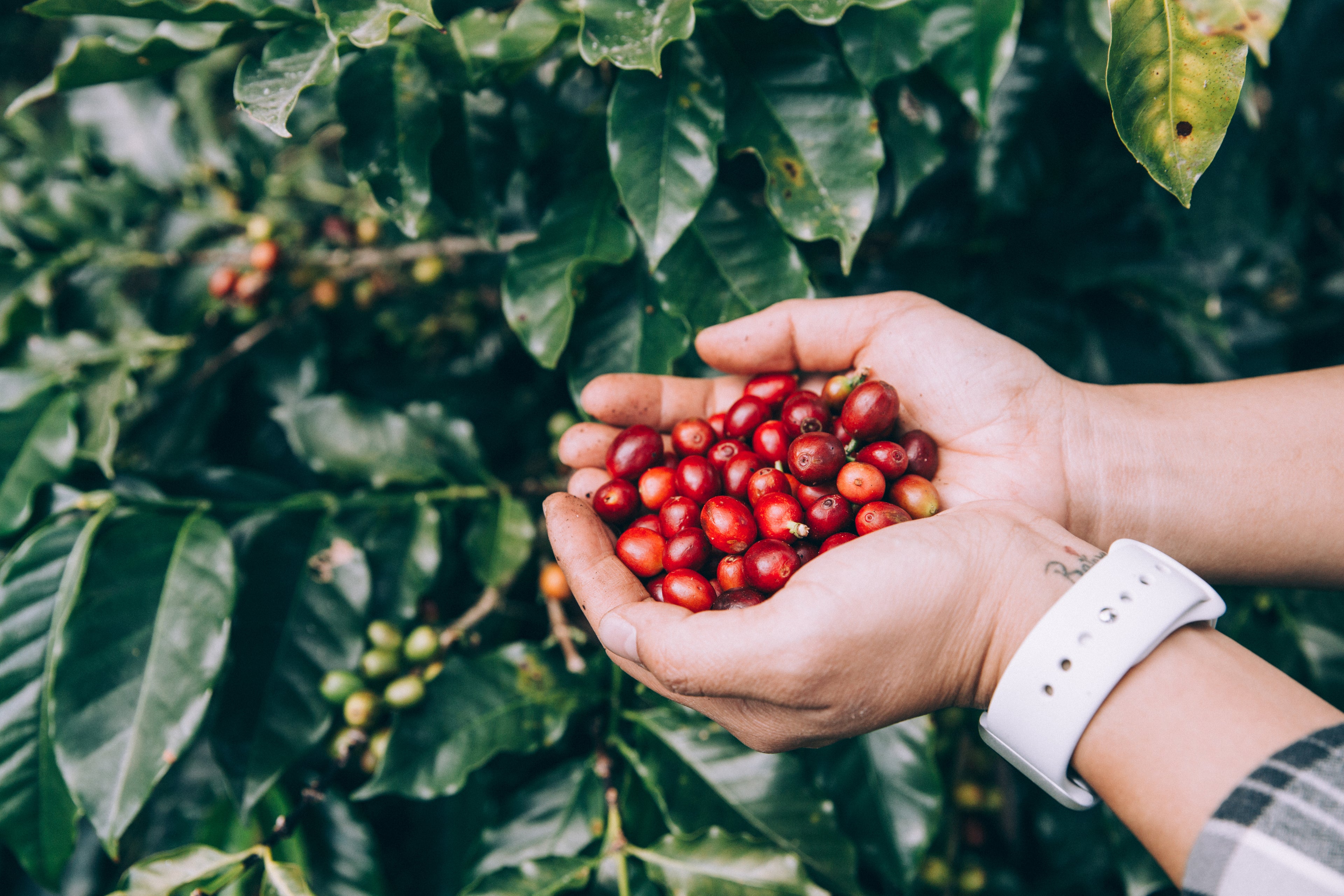
The French Press: A Classic in Coffee Brewing
Introduction
In the vast world of coffee, there are numerous ways to brew the perfect cup—from sophisticated espresso machines to more traditional and simple methods. However, the French Press, also known as a plunger coffee maker or press pot, remains an iconic and favored method among coffee enthusiasts seeking a rich and full-bodied coffee experience. In this article, we will delve into the history, functionality, benefits, and some secrets to help you make the most of this classic brewing method.
History of the French Press
Although the name "French Press" suggests that this method was invented in France, the history is a bit more complex. The earliest designs of what we know today as the French Press appeared in France in the mid-19th century. However, the modern version was patented in 1929 by the Italian designer Attilio Calimani, who worked on several prototypes before perfecting the design we use today.
Throughout the 20th century, the popularity of the French Press grew quickly in Europe, especially in Italy and France, and eventually spread to other parts of the world. In the 1950s, Swiss manufacturer Faliero Bondanini commercialized a version of the French Press, which became the standard model in many kitchens and cafés. Today, this method remains a favorite for its simplicity and ability to extract the natural flavors and oils from coffee beans effectively.
How the French Press Works
The French Press uses a brewing process known as full immersion, where the coffee grounds are steeped directly in hot water, allowing for a complete and even extraction.
Step-by-Step Process:
- Grind the coffee beans: The proper grind size is crucial. Coarse ground coffee is required, as finer grounds can slip through the mesh filter, making the coffee murky and bitter.
- Add ground coffee to the French Press: The ideal ratio is 10 to 12 grams of coffee per 180 ml of water, though this can be adjusted to personal taste.
- Add hot water: The water should be just below boiling point, between 90 and 96°C (195 to 205°F). Water that is too hot can scorch the grounds and make the coffee bitter.
- Steep the coffee: Let the coffee steep in the water for about 4 minutes. During this time, the coffee’s flavors and oils are slowly extracted, creating a full-bodied and flavorful cup.
- Press the plunger: After the steeping time is over, place the lid with the plunger on and press down slowly and steadily. This separates the grounds from the liquid coffee.
- Serve and enjoy: Pour the coffee immediately after pressing the plunger to prevent over-extraction, which could disturb the balance of flavors.
Advantages of the French Press
One of the main reasons the French Press remains such a popular brewing method is the many benefits it offers:
- Rich flavor: Unlike other brewing methods, the French Press doesn’t use paper filters, which can absorb the natural oils in coffee. This means every cup has a fuller texture and a bolder flavor.
- Simplicity and versatility: No electricity or complicated equipment is needed. The French Press is portable and easy to use, making it ideal for both home and travel.
- Control over the process: Unlike automatic machines, the French Press allows you to control every aspect of the brewing process: the water temperature, grind size, and steeping time. This gives you the freedom to fine-tune each variable to your taste.
- Eco-friendly and sustainable: Without disposable filters or plastic pods, the French Press is a more environmentally friendly option. It’s reusable and generates minimal waste.
Potential Drawbacks
Despite its many advantages, the French Press does have a few potential drawbacks to consider:
- Sediment in the cup: Even with the correct grind size, small coffee particles can sometimes pass through the filter and settle at the bottom of the cup. This may be off-putting to some.
- Time management: Unlike other methods where the brewing process stops automatically (like drip coffee makers), with the French Press, you need to monitor the brewing time. If the coffee steeps for too long, it can become bitter due to over-extraction.
Tips to Improve Your French Press Coffee
Here are some tips to further enhance your coffee experience with the French Press:
- Use fresh, freshly ground coffee: Using freshly roasted and freshly ground coffee ensures the best flavor. Coffee’s volatile oils and aromatic compounds begin to degrade soon after grinding, so having a coffee grinder at home can make a significant difference.
- Adjust the coffee-to-water ratio: If your coffee is too strong or too weak, experiment with the amount of coffee or water until you find the perfect balance for your taste.
- Stir before pressing: After pouring the hot water over the grounds, stir the coffee slightly to ensure the water makes contact with all the grounds for an even extraction.
- Pre-infusion (blooming): Similar to pour-over methods, letting the coffee grounds rest for about 30 seconds after adding water (before stirring) helps release the carbon dioxide trapped in the beans, enhancing the final flavor.
- Press slowly: Take your time when pressing the plunger. A slow, controlled press will prevent sediment from slipping through the filter.
Other Uses of the French Press
In addition to brewing coffee, the French Press is surprisingly versatile and has other creative uses:
- Tea: The French Press is also great for brewing loose-leaf tea. It works the same way as with coffee, allowing you to control the steeping time to achieve the perfect cup of tea.
- Milk frothing: If you don’t have an espresso machine, you can heat milk and use the French Press to froth it. Simply move the plunger up and down quickly until the milk becomes foamy.
- Cold brew: The French Press can also be used to make cold brew coffee. Let the coffee grounds steep in cold water for several hours (or overnight) for a smooth, less acidic beverage.
Types of French Presses
Although the basic design of the French Press has remained largely unchanged over the years, there are variations in materials and sizes to suit different preferences:
- Glass: Glass French Presses are popular for their aesthetics and the ability to watch the brewing process. However, they are more fragile.
- Stainless steel: This type of French Press is more durable and often has better heat retention properties, making it a great choice for those who prefer their coffee to stay hot longer.
- Ceramic: Some ceramic models are designed to retain heat while offering a unique, stylish look.
Conclusion
The French Press remains one of the most beloved coffee brewing methods worldwide due to its simplicity, versatility, and ability to extract the deepest and most complex flavors from coffee beans. Its timeless appeal and ease of use make it an ideal choice for both beginners and experienced coffee enthusiasts.
At 98% Monkey - Coffee Roaster, we believe that coffee brewed in a French Press brings out the best in our specialty coffee beans. We encourage you to experiment with this method if you're looking for a rich, full-bodied, and nuanced cup of coffee. Whether you prefer a strong cup in the morning or a smooth brew in the afternoon, the French Press allows you to enjoy coffee in an authentic and personalized way.

